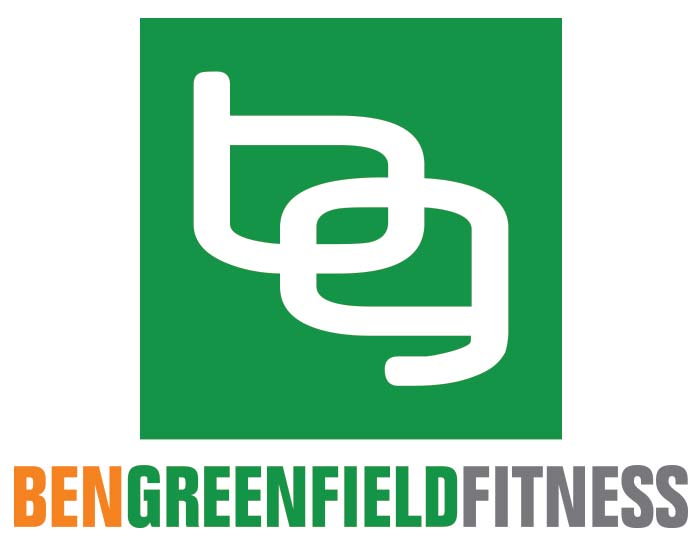A Multi-Vitaminic Decisions
I have a confession to make. I haven’t taken a multi-vitamin in 3 years. Somewhere along the line, I just forgot to pick up my monthly supply at the supermarket. I felt great. The next month, I tried the same thing. No pill popping – no loss of energy, no immune system breakdown.
Fast forward to now. If you saw me eat, you’d accuse me of having freakin’ rabbit genes, because I put away the fruits and vegetables like nobody’s business. I consume about 1.5 grams per kilogram of body weight protein, or about 500 calories a day. I eat a plethora of whole grains, nuts, plant and fish based fats and oils, and legumes. In other words, I eat a very smart diet that appears to cover all the bases.
Guess what? Despite my “perfect” diet, I started to lose energy. I began to experience a higher degree of muscle sprains and strains. My training sessions decreased in quality.
I was either over-trained or undernourished!
Since I know my caloric intake is sufficient, based on my metabolic rate and level of exercise, I know my total energy consumption is adequate. Furthermore, my training and tapering have been well controlled, and nowhere near the combined volume and intensity levels necessary for overtraining.
Was it possible I simply wasn’t getting adequate nutrients? Enter the multi-vitamin. Read on to enter the world of Ben Greenfield’s Multi-vitaminic Decision Making Process. I had two important decisions to make:
1) Do I need a multi-vitamin?
If we eat properly, can’t we get enough vitamins, minerals, and nutrients from our food? That depends. As changes in farming methods have occurred, the essential nutrient levels in the soils that our food is grown in has decreased. Farmers traditionally used methods of tilling the land that encouraged high soil quality, but over the past 70 years, farmers have transitioned to a reliance on chemical methods like pesticides, herbicides, and fertilizers to encourage crop growth. The pesticides and herbicides interfere with the efficiency of the human body’s nutrient absorption, and the fertilizers deplete the soils of essential nutrients. Thus…food quality has decreased. In addition, the “time of transition” from the ground to the average consumer’s mouth has increased, and the longer food must sit processed, shelved, stored, and packaged, the further the nutrients are degraded.
However, organic and natural foods have much fewer occurrences of nutrient degradation, and provide far more vitamins, minerals, and nutrients than a more commercially produced food source. Awareness of this fact seems to be growing, and more folks are switching to organic fruits, vegetables, and even more naturally bred and raised animal sources.
Now think about this. Most vitamins in a supplement are only about 10% absorbed, compared to 80-90% for a good, fresh plant source; furthermore, mineral absorption is only about 1%-5% in a supplement, but up to 80% in a natural form! This is because natural vitamin and mineral sources are accompanied by proteins and enzymes that enhance absorption. Without these molecular “chaperones”, most of the vitamins and minerals in a supplement end up getting filtered by your kidney and producing expensive and brightly colored urine (sorry, but it
probably won’t sell on e-Bay).
Therefore, if you’re the average person, with the average amount of daily energy expenditure, you should try to make the switch to adequate intake of organic fruits and vegetables, and natural meats….before trying a multi-vitamin. The financial investment will be similar to a quality vitamin supplement.
What if you’re not the average person? What if you’re like me, and you train like a racehorse for multi-sport events, at an average of 1.5-2.5 hours per day, with huge doses of high intensity and high volume race efforts on frequent weekends? Or what if you’re over 60 and have reached age where you don’t absorb or utilize nutrients as efficiently? Or what if you’re a pregnant woman who needs more folic acid and B12? Or what if you’re a vegetarian? Or what if you don’t have the time or opportunity to get your hands on the right type of fruits, vegetables, and meats? Athletes, grandparents, potential moms, rabbit-people, folks who don’t live near an organic farm, and people who are just plain busy…read on…because you may need a multivitamin, and you need to know how to answer the following question:
2) How do I choose a multivitamin?
Make sure that the multi-vitamin provides adequate quantities of the compounds that you need. How do you choose?
- Definitely look for 100% of the RDV (recommended daily value) of Vitamin D, The 3 B’s (thiamin, riboflavin, niacin), B6, B12, and folic acid. You don’t want too much vitamin A, because it can be toxic in high amounts (along with zinc). More than 6,000 IU of Vitamin A is a little high. For vitamins C and E, it’s OK if there’s more than 100%.
- For minerals, look for 100% of copper, zinc, iodine, selenium and chromium. Make sure that if there’s not at least 1,000 mg of calcium that you’re eating other calcium sources, like dairy products, dark leafy greens, and fish.
- Endurance athletes, people who workout frequently, and premenopausal women should make sure their vitamin contains 100% of their iron needs.
- Also, look for the label “USP” or “BP” next to the vitamin labels on the container. This means the vitamin is high quality, meets US or British standards, and is more easily assimilated by your body upon consumption. Next to the minerals, look for “chelated”. This means that the minerals have the necessary protein “chaperone” needed for efficient absorption.
- In addition, a vitamin supplement that has a food base and contains enzymes is going to be better. The food base is a plant material added to the vitamin that makes it more like natural plant source, thus increasing uptake of the compounds. Enzymes act in the same way as “chaperones”, also assisting in vitamin uptake.
These are just a few tips for choosing a multi-vitamin. How do I feel after beginning to supplement? Watch out for my next update. I’ve only been on a multi-vitamin for 3 days now, and it’s too soon to say. My urine is much darker. And I didn’t hit the snooze button on my alarm clock this morning. Look for more multi-vitamin jabber in the next article.
Until then, train smart. …and train hard, sometimes,
Ben Greenfield
If you’d like a FREE newsletter and weekly audio podcast from the author of this article, simply visit https://bengreenfieldfitness.com. For more personalized online fitness coaching, fat loss, human performance or nutrition consulting, you can also visit Greenfield Fitness Systems, at http://www.pacificfit.net.


 The mission of Greenfield Fitness Systems is to give you everything you need to achieve amazing feats of physical and mental performance without destroying your body and mind. Under the direction of world renowned fitness expert Ben Greenfield, we combine cutting-edge science, holistic nutrients, self-quantification, biohacking, and strategies straight from the trenches to provide you with every plan, supplement, food, tool, test, and solution to bring you to the next level - whether you want to do an Ironman triathlon or just shed a few pounds.
The mission of Greenfield Fitness Systems is to give you everything you need to achieve amazing feats of physical and mental performance without destroying your body and mind. Under the direction of world renowned fitness expert Ben Greenfield, we combine cutting-edge science, holistic nutrients, self-quantification, biohacking, and strategies straight from the trenches to provide you with every plan, supplement, food, tool, test, and solution to bring you to the next level - whether you want to do an Ironman triathlon or just shed a few pounds.

No comments yet.